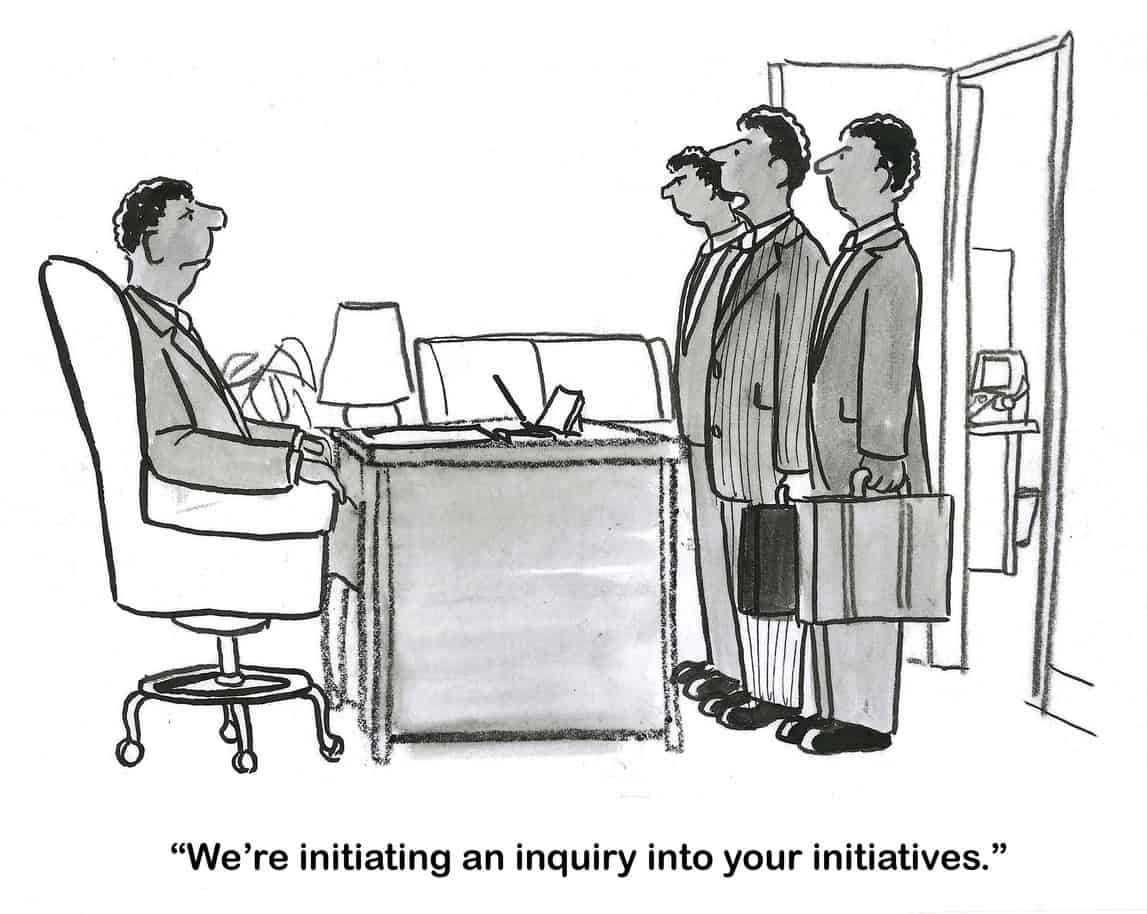Researcher William Fleming found that there is little evidence to support the claim that workplace wellness programs provide the health benefits typically promised. That research from a couple of years ago still resonates, but Fleming has continued to research corporate wellness programs and is broadening his discussion. The latest research paper, “Health lifestyles at work: availability, barriers and participation in workplace wellness”, is a deeper analysis of the social context of wellness programs and why employers use them.
Category: research
Retail Violence and OHS Blind Spots: Time to Rethink the Strategy
Occupational health and safety (OHS) is the central theme of this blog, but it is essential to remember that not all workplace health and safety actions are governed by a single set of laws or a single regulatory agency. Safety in the retail sector offers a good example.
Are EAPs Meeting Modern Workforce Needs?
It is clear from the emails I have received, as well as many of the comments on LinkedIn and other social media platforms, that the modern role of Employee Assistance Programs (EAPs) remains a contentious issue, as discussed below. One of the many issues, young workers’ perceptions of EAP, was addressed by Alena Titterton of Johnson Winter Slattery, who provides an important and different perspective on who uses EAPs:
Regulations: Addressing Market Failures and the Myth of Free Markets
Recently, Federation Press published a weighty tome written by Arie Freiberg called “Regulation in Australia. 2nd Edition“. For those of you who are legislative junkies and can quote sections of occupational health and safety (OHS) law, you will love this, as it examines the mechanics of regulation, not just those of Industrial Relations or OHS. And there is some powerful context to market failures that often lead to new regulations, a perspective shared with Naomi Oreskes and Erik M Conway in their 2024 book, “The Big Myth“.
Rethinking Workplace Well-being: Insights from Adam Grant
In an era where employee mental health is increasingly recognised as critical, organisational psychologist Adam Grant offered useful insights into creating healthier, more productive workplaces at the Psych Health and Safety conference (PHSCon) in Sydney.
Grant argued that investing in employee well-being is not just a compassionate gesture but a strategic imperative. Companies must move beyond superficial benefits and focus on fundamental work design that empowers employees and supports their psychological health.
Psych Health and Safety Conference 2025: A Step Forward
The 2025 Psych Health and Safety (PHS) Conference, held in Sydney and hosted by FlourishDx, marked a significant evolution from its inaugural event. With over 200 delegates, a larger venue, enhanced facilities, and a more polished exhibition space, the conference built on its foundational success. Centred around four key themes—evidence-based practice, leading mentally healthy workplaces, inclusive work design, and international perspectives—the event delivered a robust platform for professionals from occupational health and safety (OHS) and human resources (HR) to converge on the critical topic of psychosocial health and safety.
Carlo Caponecchia on psychosocial hazards
Later this afternoon, Carlo Caponecchia will be on a conference panel about ISO45003, a document he assisted in creating, but he has been involved in psychosocial hazard research for much longer than just one international Standard. I value his perspectives which are reflected in his responses to my questions below.







